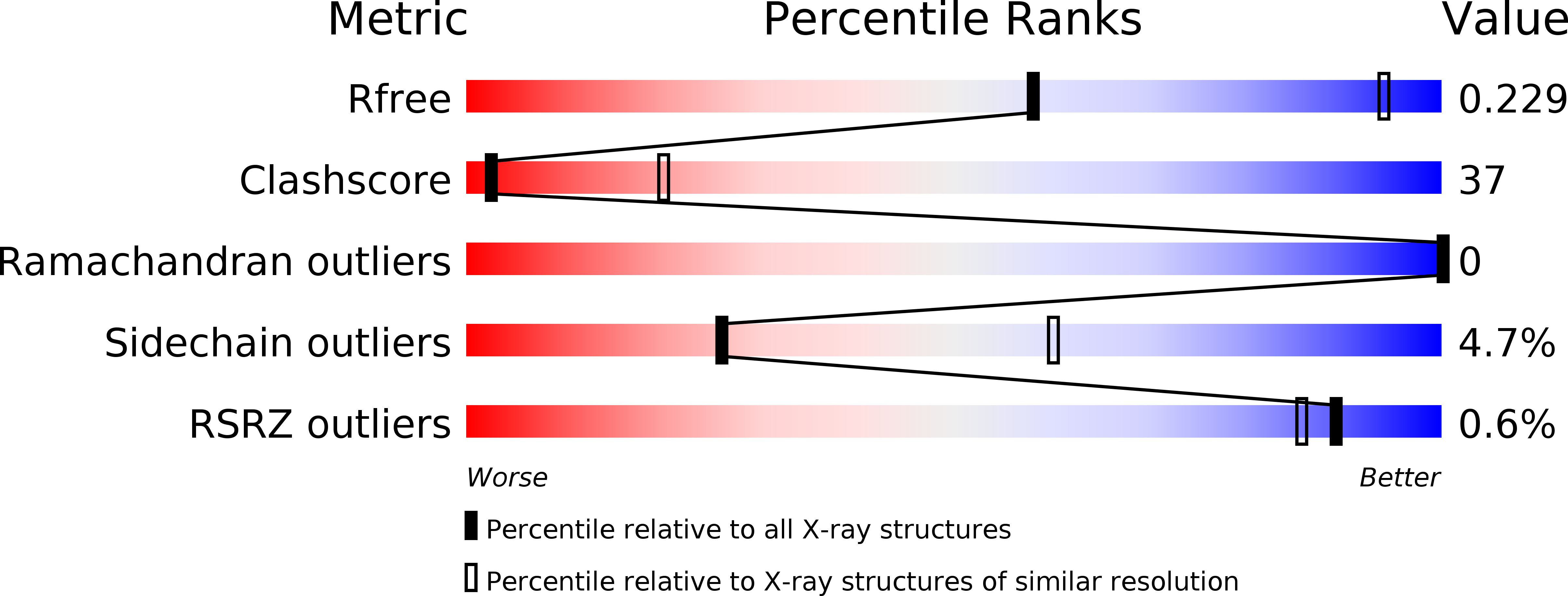
Deposition Date
2014-11-10
Release Date
2016-04-13
Last Version Date
2024-05-29
Entry Detail
Biological Source:
Source Organism:
Non-human primate Adeno-associated virus (Taxon ID: 226582)
Host Organism:
Method Details:
Experimental Method:
Resolution:
3.50 Å
R-Value Free:
0.21
R-Value Work:
0.21
R-Value Observed:
0.21
Space Group:
P 21 21 21


